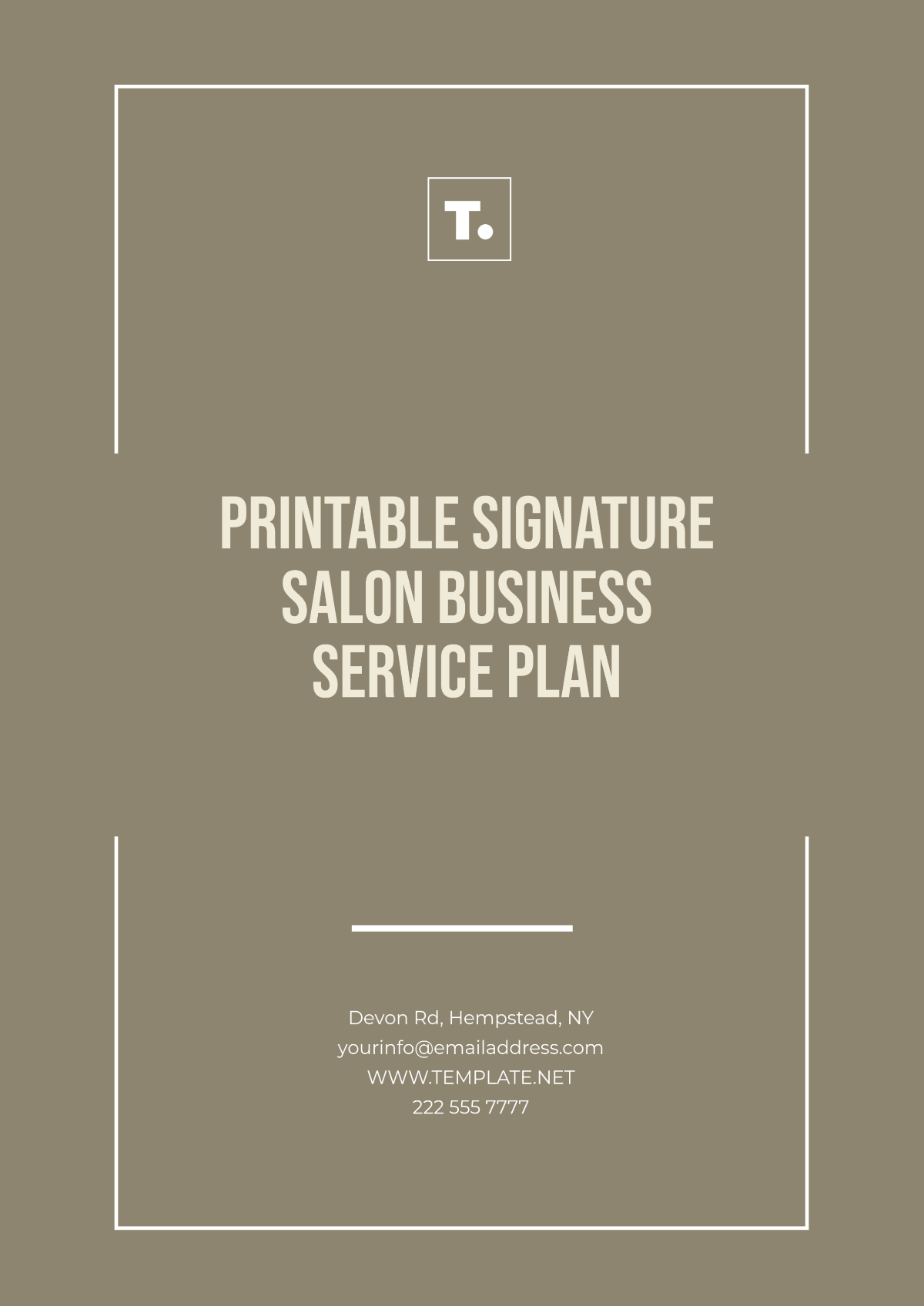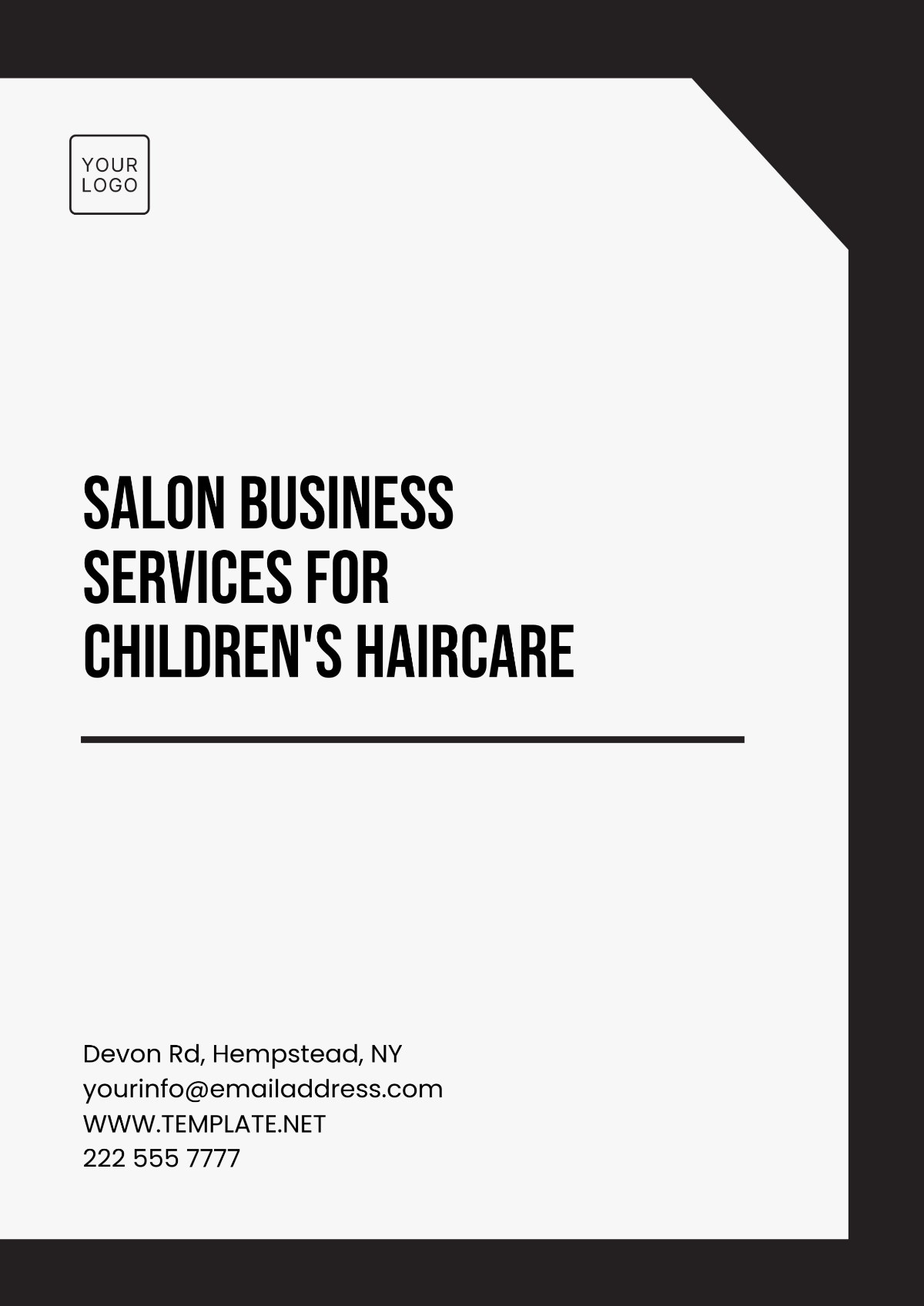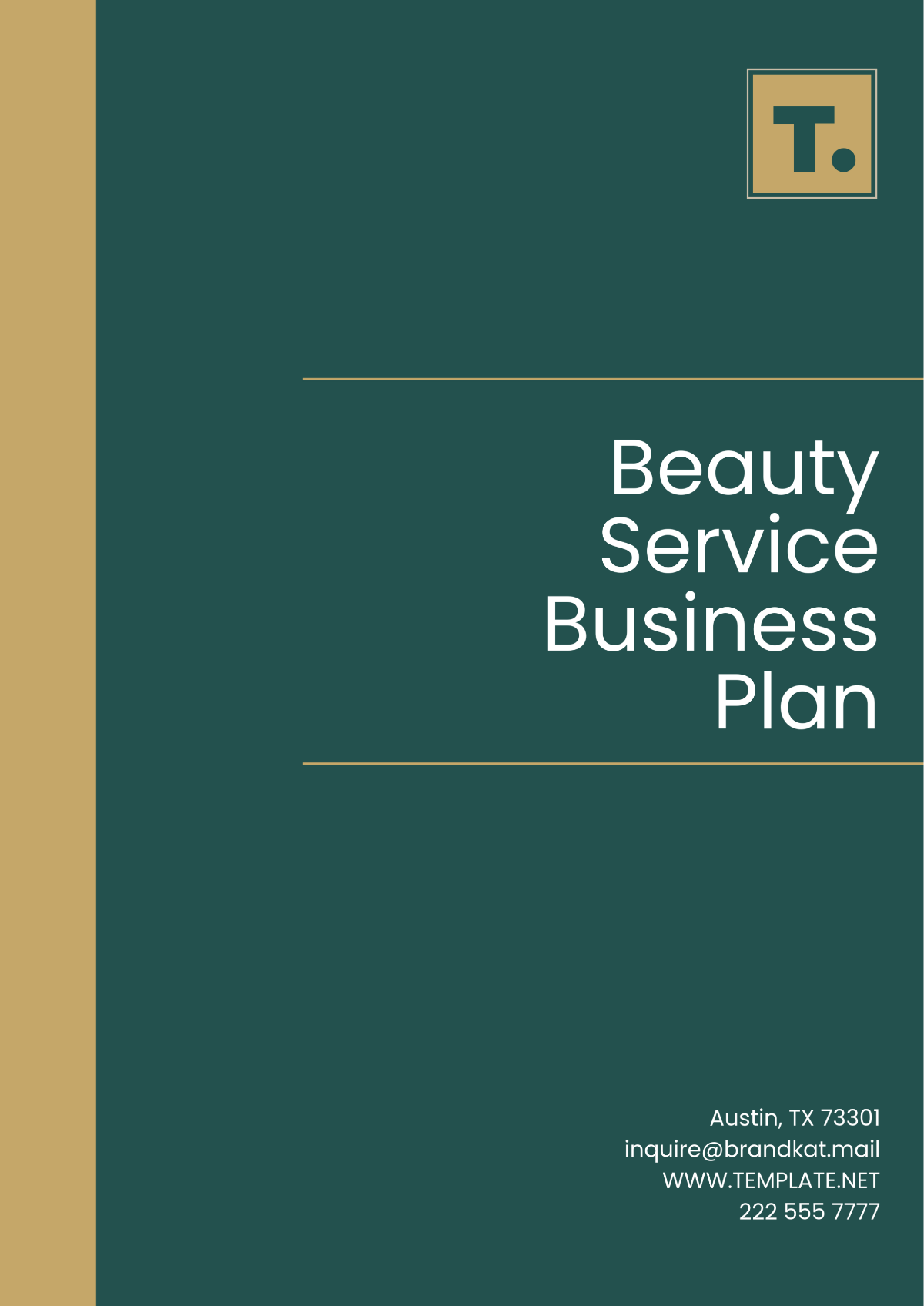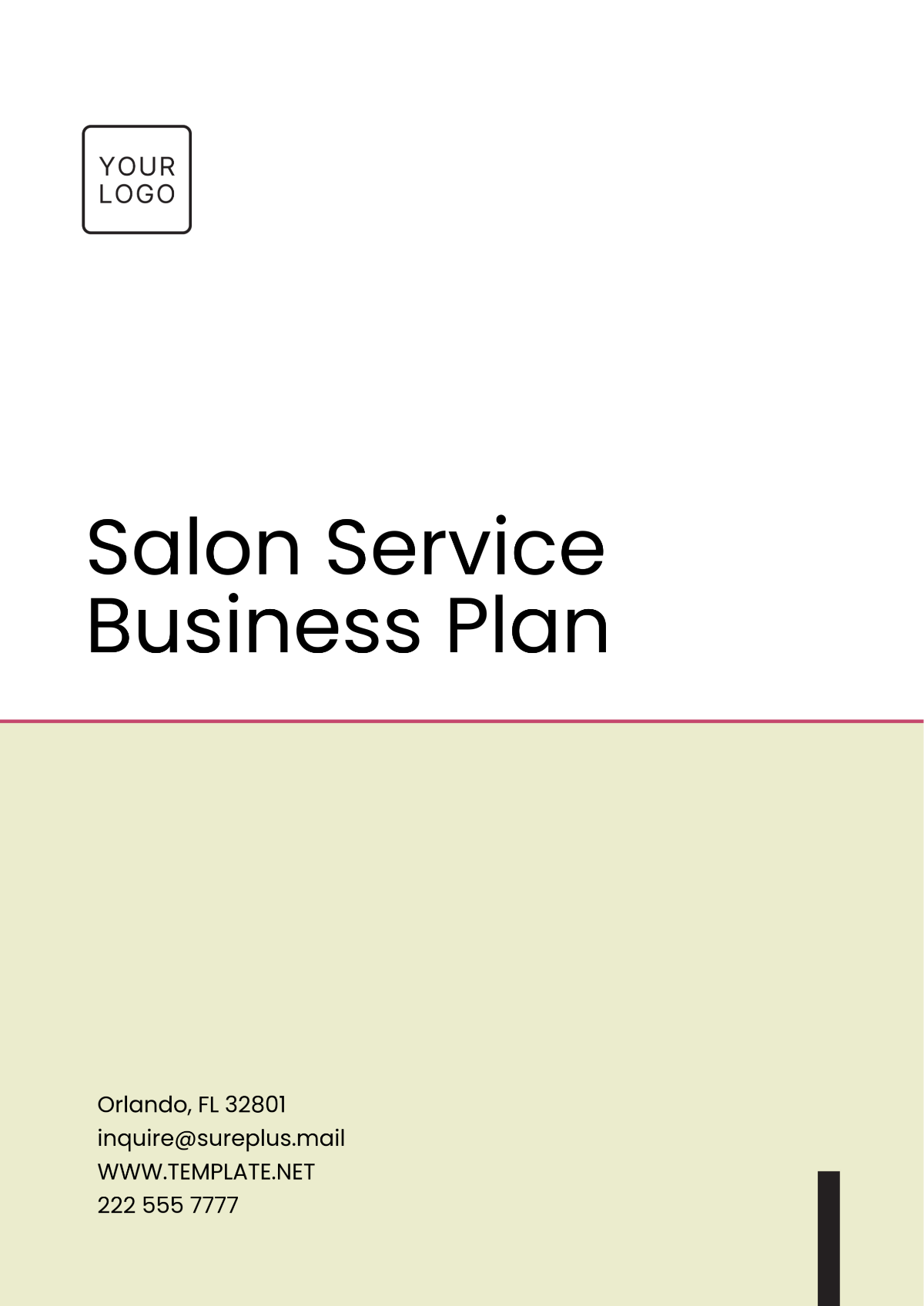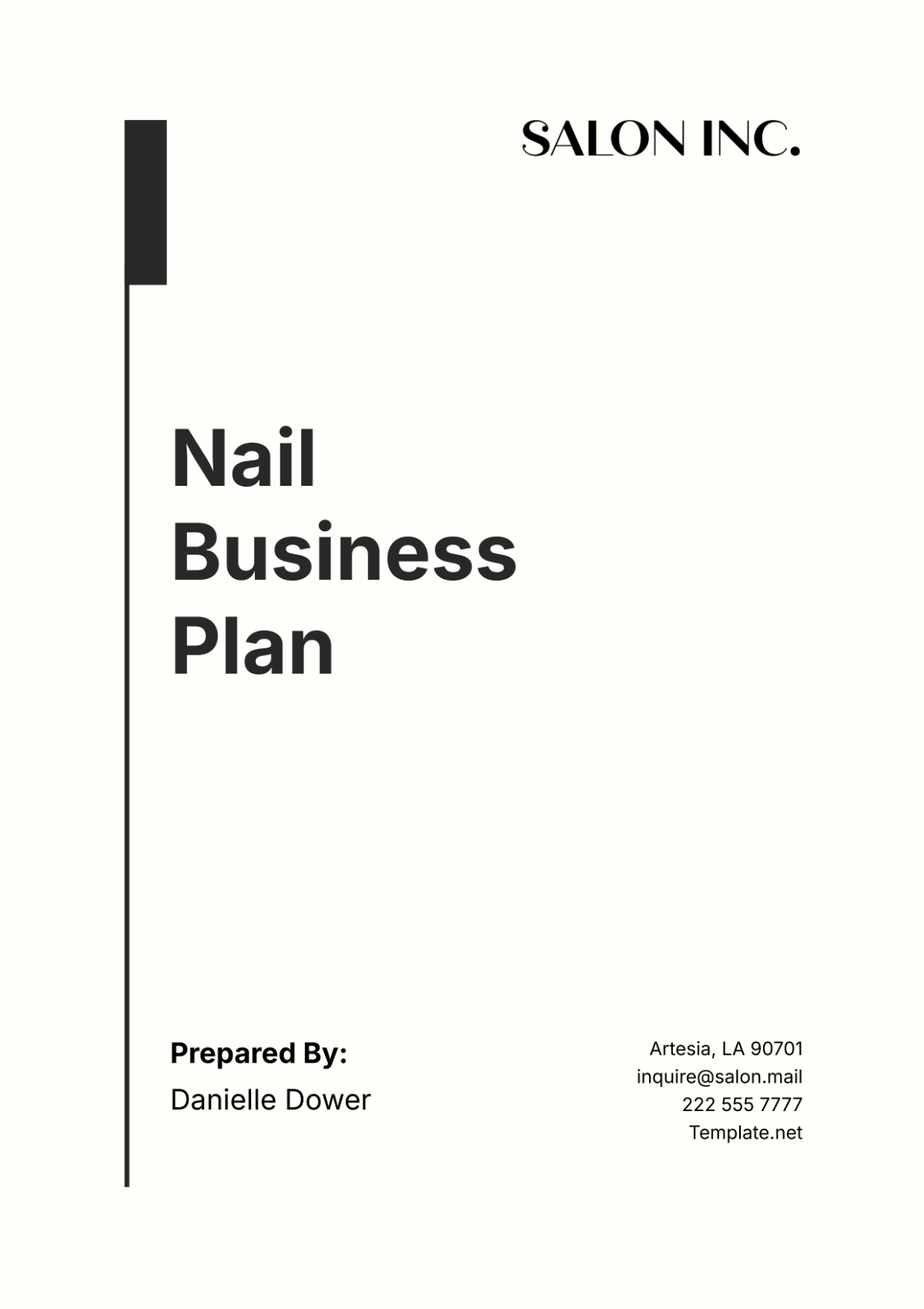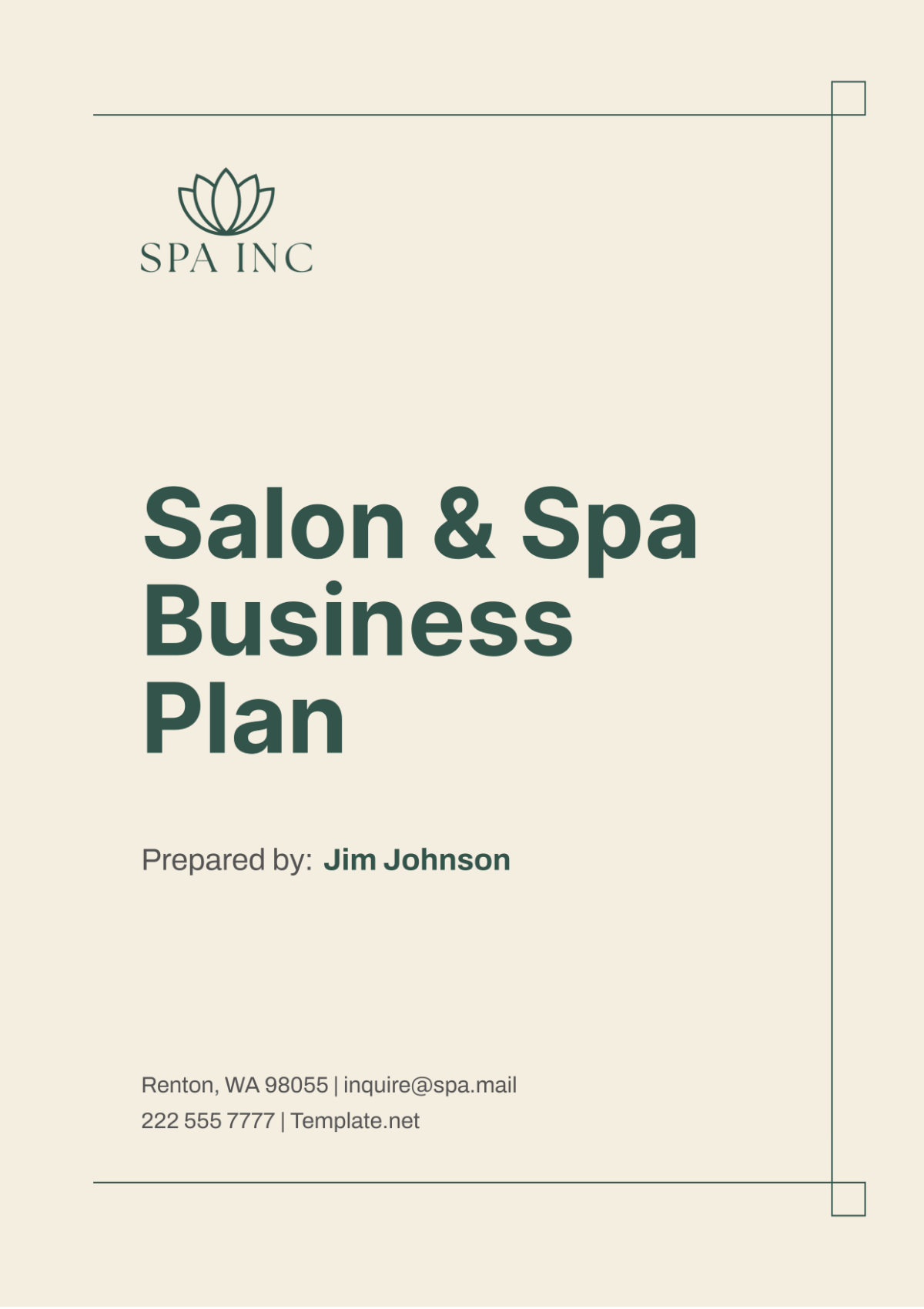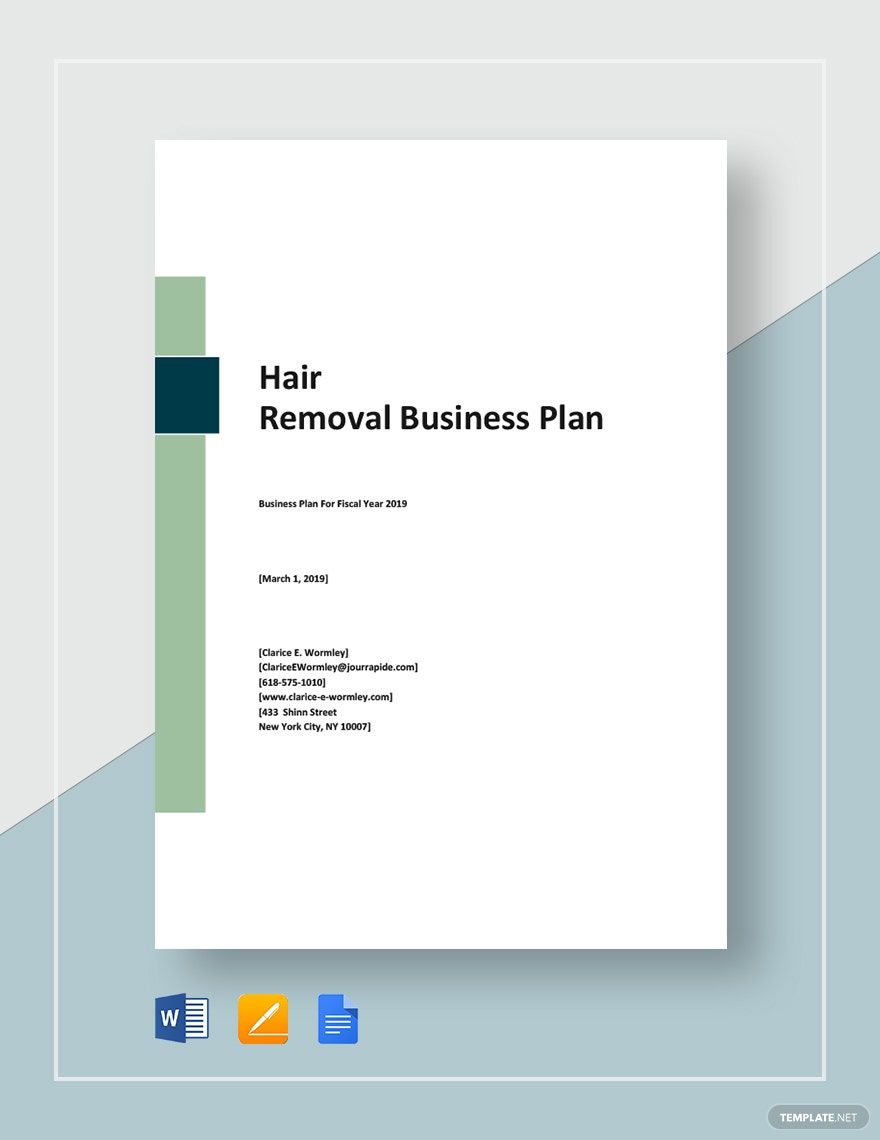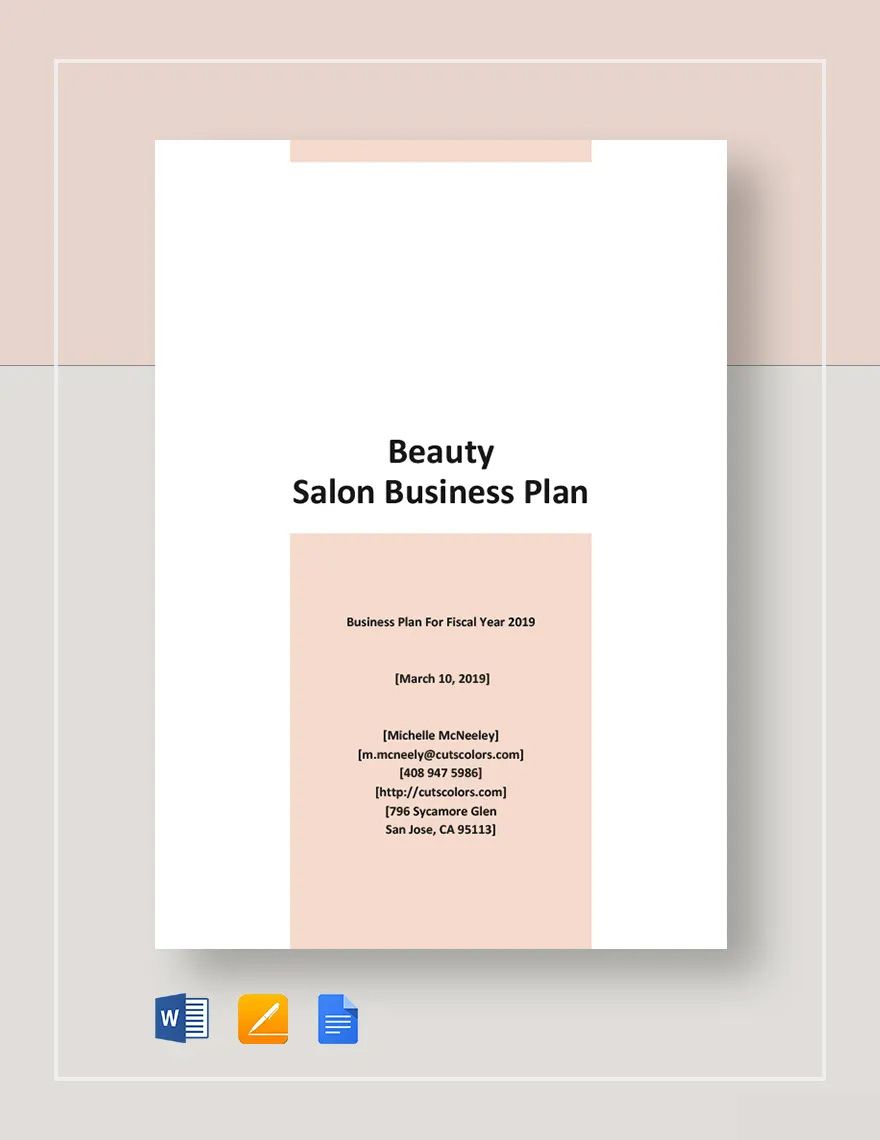Bring Your Salon Business to Life with Salon Business Plan Templates from Template.net
Keep your salon management organized, drive growth, and enhance your customer experience with Salon Business Plan Templates from Template.net. Perfect for salon owners, managers, and entrepreneurs, these templates empower you to outline marketing strategies, financial forecasts, and operational plans with ease. Whether you’re planning a seasonal promotion or preparing to launch a new service, our templates are designed to help you create detailed and professional plans. With fully customizable layouts, you can insert specific timelines, promotional codes, or contact information, ensuring every aspect of your business is covered. Our user-friendly templates require no expert planning skills and provide a professional-grade design to save you time and resources, making it simple to tailor them for print or digital use.
Discover the many Salon Business Plan Templates we have on hand, crafted to meet the diverse needs of the salon industry. Select a template that fits your style, swap in your brand’s assets, and easily tweak colors and fonts to match your aesthetic. Add advanced touches like dragging-and-dropping graphics or incorporating AI-powered text suggestions for a truly engaging plan. With countless possibilities at your fingertips and no special skills required, you can create a winning strategy in no time. Our library is regularly updated, ensuring access to the latest designs. When you’re finished, download or share your plan across multiple channels, print it out, or export it for email distribution, making it a versatile tool for real-time collaboration and strategic planning.






















